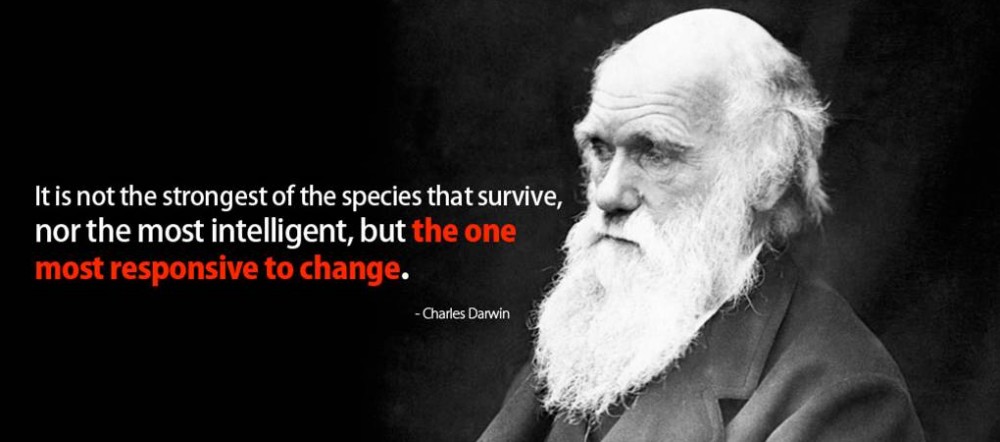Yesterday, Cisco announced its latest version of its popular Unified Communications platform, based on Cisco Unified Communication Manager, version 9.0.
Amongst the announcements of major new features was something Cisco are referring to as ‘Email Dialling’, which for anyone who follows the VC/TP industry will know as URI dialling, which has been around for some time now.
About time Cisco!!
This particular announcement should have a seismic impact upon the UC industry, but strangely, Cisco seem to be underplaying it in the messaging I’ve seen so far.
In the context of Enterprise Telephony, email dialling is revolutionary. Now for the very first time, an organisation is able to dial another via the internet because of Firewall Traversal technology, and leveraging the Internet DNS system to resolve calls to the remote destination rather than configuring a mesh of SIP trunks as was previously the case.
Why is that a big deal?
We’re starting to see the emergence of a new paradigm for media rich calling. With the ability now to make a high definition video call, or just an audio call, over the internet to any location, without any sort of IT intervention every time you want to connect with an organisation, means that finally, the user is in control of who they talk to, and by which means.
Why aren’t other organisations using URI?
In truth some are. Microsoft for example uses a URI structure within Microsoft Lync, although the underlying signalling protocols of Lync still mean that it’s a closed system unless a gateway is employed (such as Cisco VCS ironically). The problem though is that Microsoft aren’t really pushing this approach, they would much rather perpetuate the meshed approach by federating on an individual business to business basis.
Likewise Polycom, who actually are able to support URI dialling natively, choose not to push this capability in favour of a different, IP address based method, which simply isn’t user friendly.
So now Cisco have this capability, why are they underplaying it?
This capability truly sets Cisco out as a leader in driving standards in the Unified Comms and Collaboration space, so is it just a case of they don’t realise what it is they have on their hands here?
I don’t think it is. What’s more the case I believe is that the UC Vendors are still wrestling with the notion of ubiquitous connectivity via the Internet, because some of their biggest customers are the ones most at threat from this new paradigm, i.e. the carriers.
I personally believe that eventually the Internet will become the network of choice for carriage of even the most bandwidth intensive of applications, including Immersive TelePresence as it is today, but also the next generation of visual communications, such as 4k and 8k video in the future.
Whilst carrier revenue remains entrenched in the provision of private WANs though, and in the absence of any sort of means to monetize Internet transit, we will unfortunately continue to see the carriers dragging their feet on this.
If anything useful is going to come out of the OVCC then, it needs to be this, an agreed charging framework between carriers, just as the mobile networks have today, for the transit and inter-carrier handoff of real time video and audio traffic, across quality assured Internet links.
